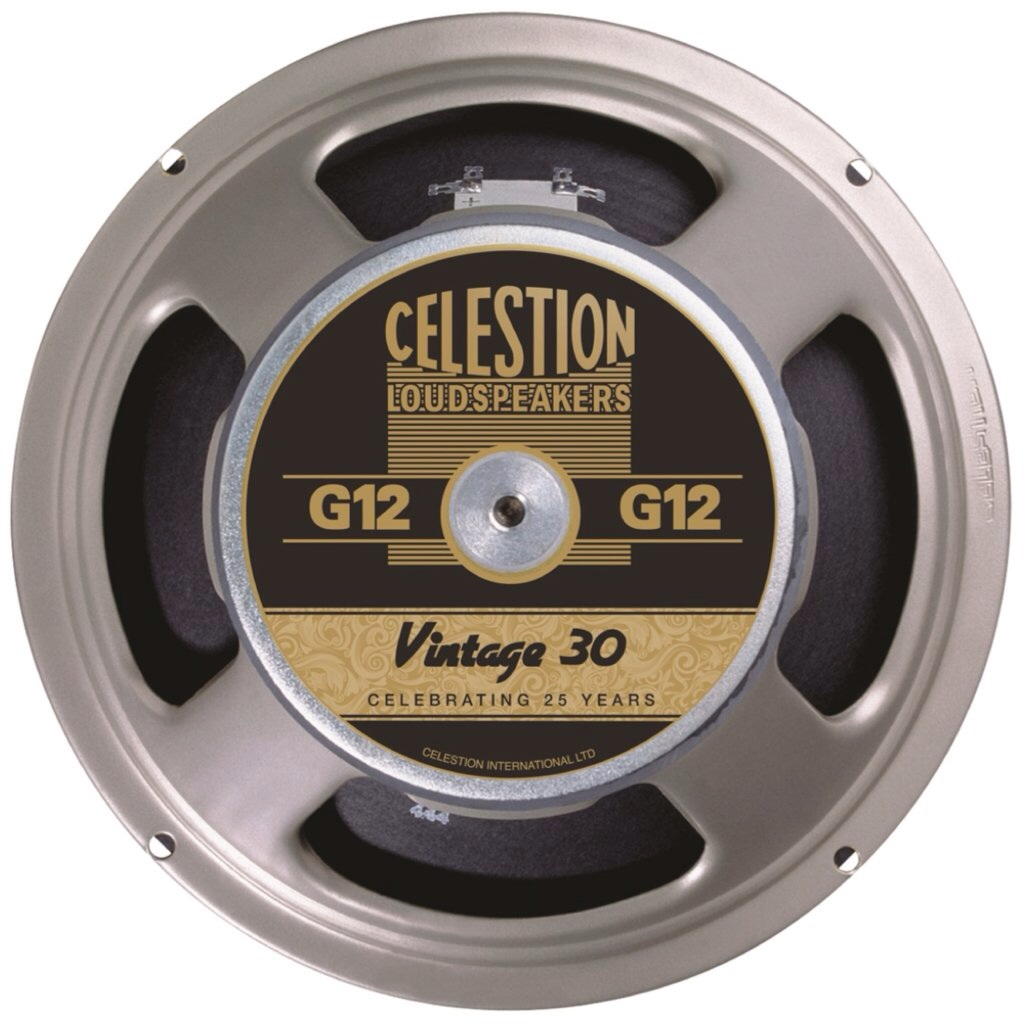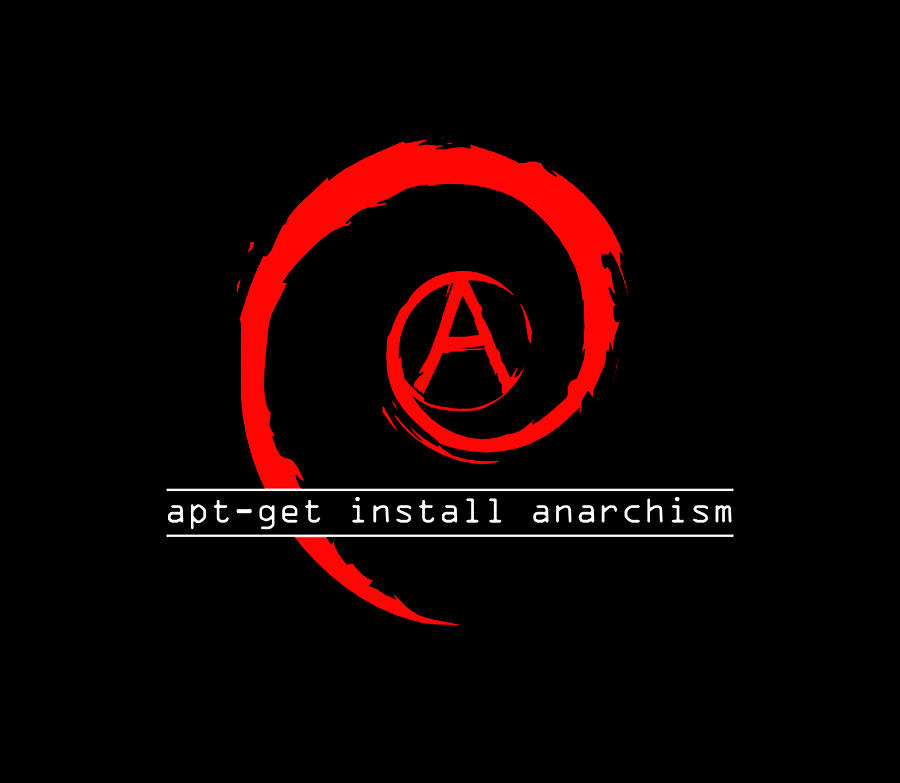

LLMs are not necessarily evil. This project seems to be free and open source, and it allows you to run everything locally. Obviously this doesn’t solve everything (e.g., the environmental impact of training, systemic bias learned from datasets, usually the weights themselves are derived from questionably collected datasets), but it seems like it’s worth keeping an eye on.
Google using ai, everyone hates it
Because Google has a long history of doing the worst shit imaginable with technology immediately. Google (and other corporations) must be viewed with extra suspicion compared to any other group or individual because they are known to be the worst and most likely people to abuse technology.
Literally if Google does literally anything, it sucks by default and it’s going to take a lot more proof to convince me otherwise for a given Google product. Same goes for Meta, Apple, and any other corporations.



It can use ChatGPT I believe, or you could use a local GPT or several other LLM architectures.
GPTs are trained by “trying to fill in the next word”, or more simply could be described as a “spicy autocomplete”, whereas BERTs try to “fill in the blanks”. So it might be worth looking into other LLM architectures if you’re not in the market for an autocomplete.
Personally, I’m going to look into this. Also it would furnish a good excuse to learn about Docker and how SearXNG works.